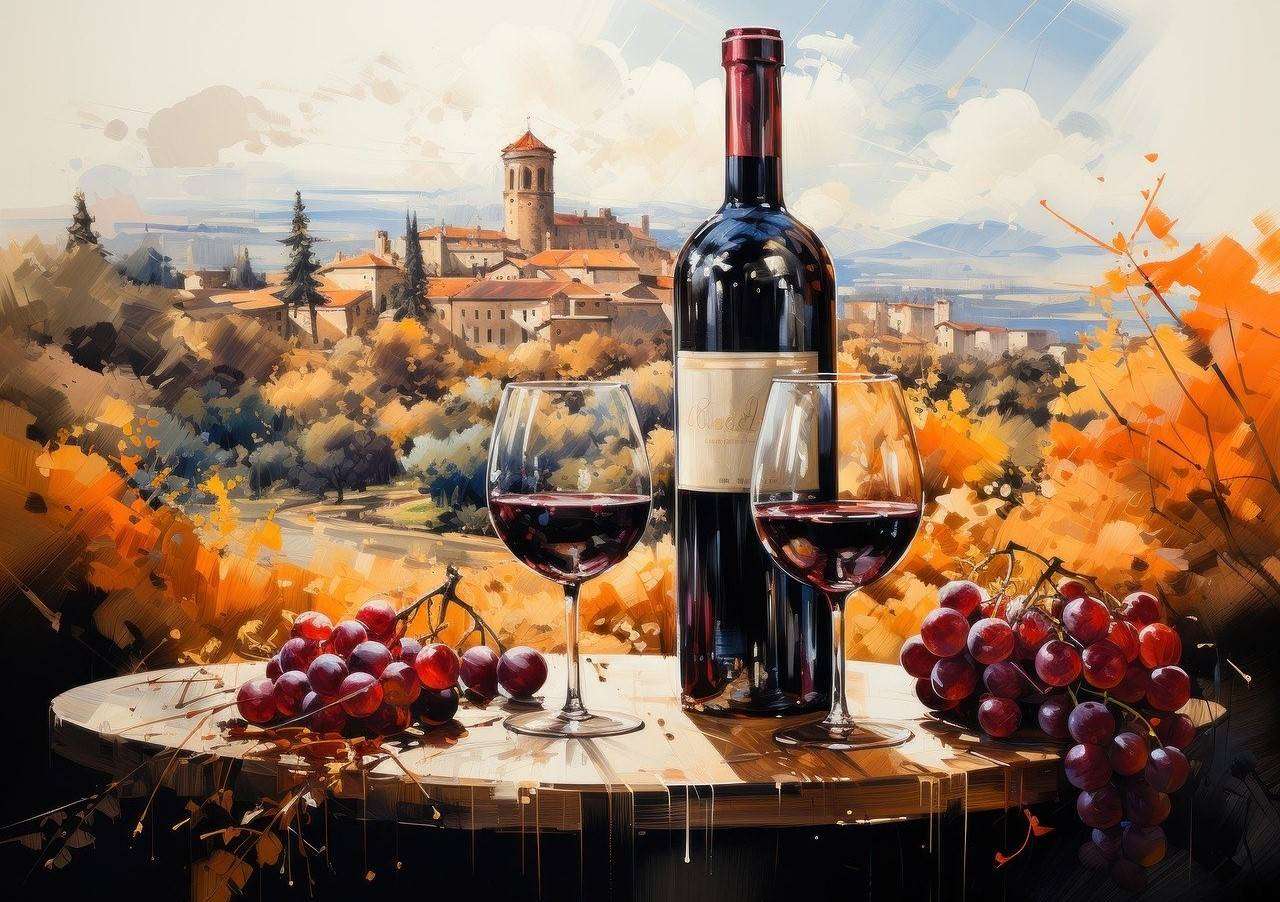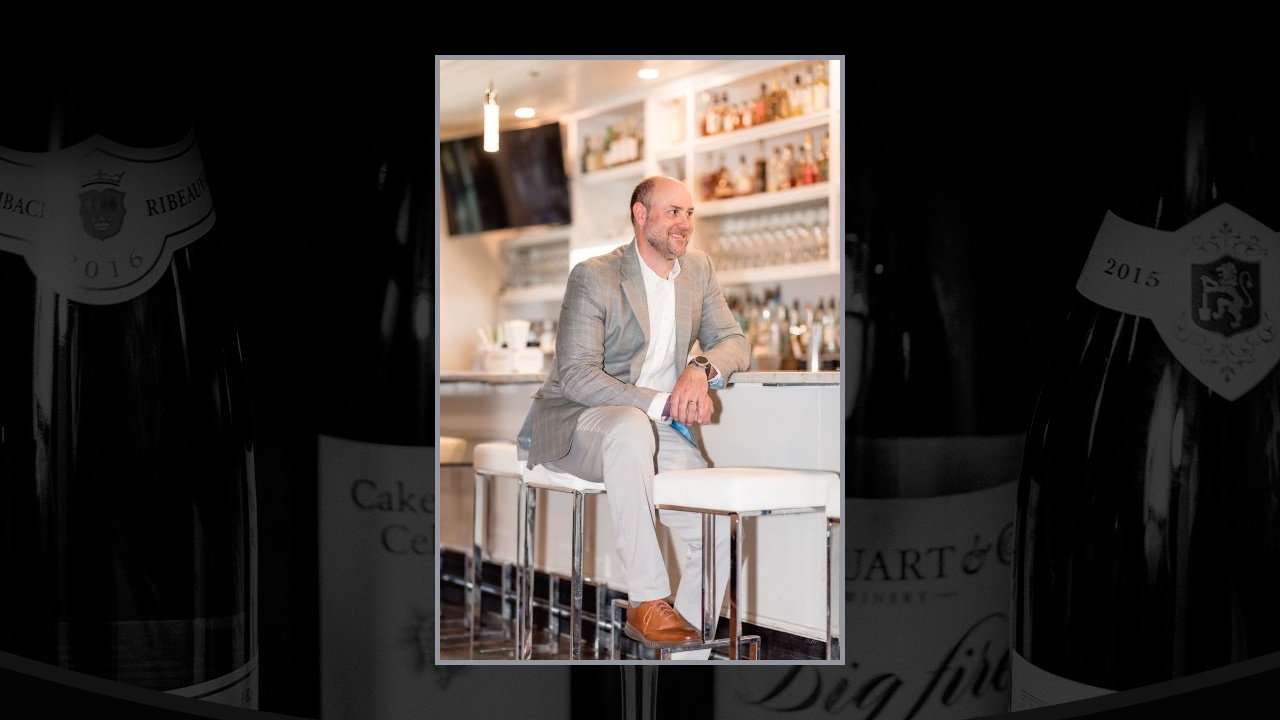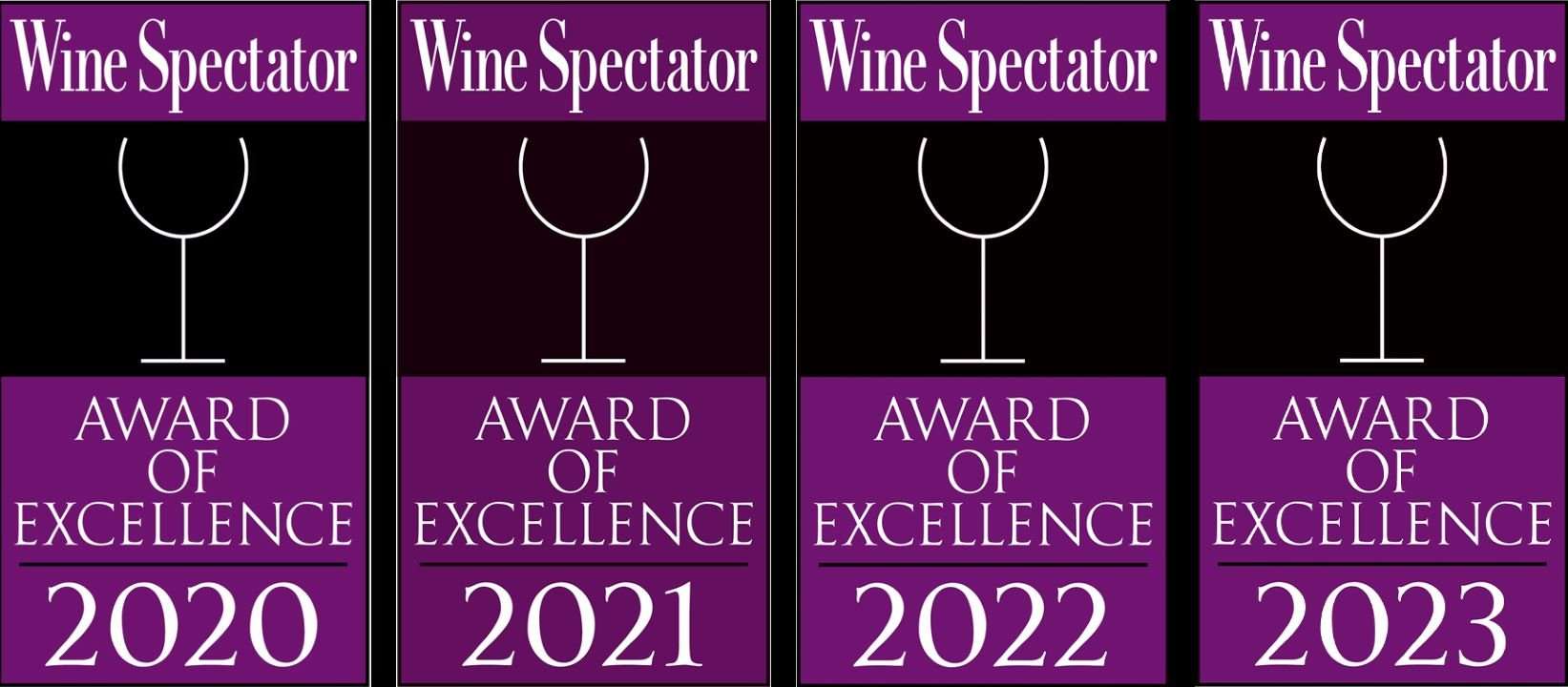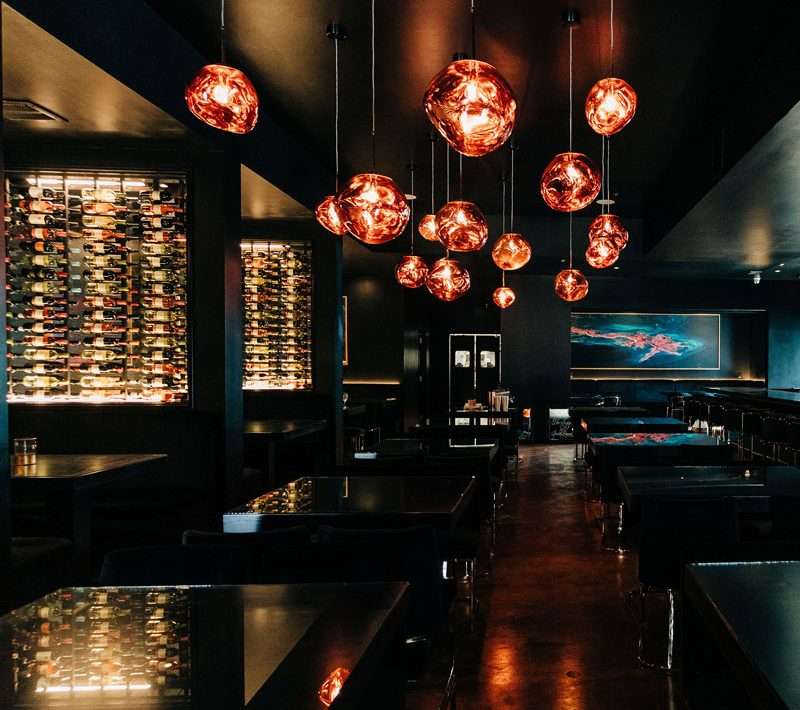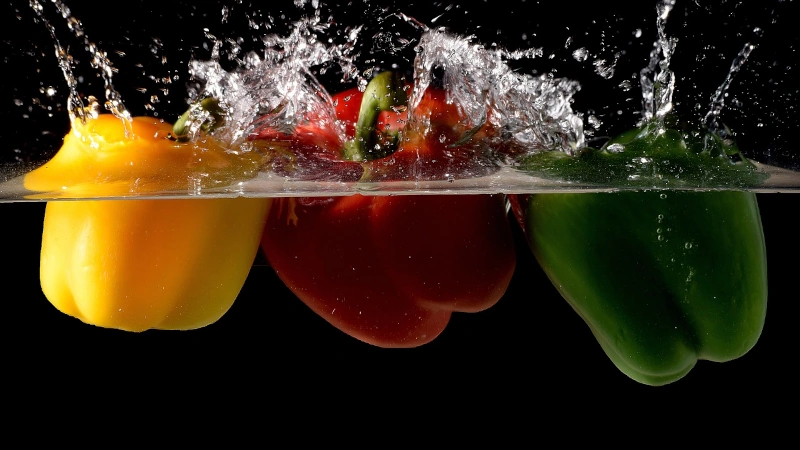Next to milk (I know, kind of weird) wine is probably my favorite beverage. But if you’re like me, choosing the right wine and trying to combine the perfect wine with food can be overwhelming. What temperature for what wine? Full-bodied? Oaky? Buttery? What does all that mean?
To help take some of the guesswork out of this fascinating but confusing topic, I had a chat with expert sommelier AJ Kiamie III, from a legendary wine family in Oxford, MS.
AJ and his wife Claire are the owners of the eatery The Sipp. The Sipp once again got raves and recognition in the Wine Spectator 2023 Restaurant Awards making it four years-in-a-row.
The Kiamie family also runs the state’s oldest family owned package store.
So read on. And don’t forget to check out The Sipp’s recipe Herb Roasted Mushrooms in the Where The Food Comes From Cookbook.
Donna Sanders: Thank you for taking the time for this interview. I am really excited about learning a few things about wine. Before we talk wine can you tell me a little about your family history?
AJ Kiamie III: [My grandfather opened] a diner in 1952. We’ve been in the restaurant industry, gosh, going on a long time now. And then liquor went legal in August of 1966 and that’s when we got our permits. Now we’re the oldest family owned and operated [package goods store] in the state. I am third-generation Oxford on both sides and my family has been here forever. We’ve always been family business oriented.
DS: You went to Ole Miss, played football, and got a business degree and then went on to get a real estate finance degree. Why a real estate finance degree?
AJ: It was more of an entrepreneurial thing. I did general business to start and then I went back and got a real estate finance degree because Oxford has changed so much. I grew up on Jackson Ave. So basically, in the olden days, your business was on your property. The bowling alley was across the street. The liquor store was on this side of the street. My grandmother’s house was directly behind it and we lived on the lot next to it. But then Walmart made the move out on Jackson Ave and [it] all became commercial real estate. So that’s [why] I went back [and] got a real estate finance degree because now we have commercial real estate.
I loved the retail side of [liquor], [but] realized there was a huge world of wine and spirits out there. I’ve always loved to travel [and with my wife] started traveling the world, going to wineries, going to distilleries and things like that. [I] really kind of got tied up on the [wine] side and in the whole scene of it. My wife was a wedding planner for 10 years after college and we decided to open a wine-focused restaurant in Oxford [which] is a great culinary scene. We’ve got James Beard Award winners and we’ve got a fantastic chef. Oxford is a drinking town. Per capita, we consume a lot of alcohol. We have 26,000 permanent residents and we have 22 liquor and wine stores here.
DS: That’s quite a ratio. Let’s talk wine. I drink red blends and am probably on the far side of the spectrum about not knowing what I am doing when it comes to picking out wine. I know what I like, but I know there has to be more to it and probably many of our readers are kind of where I am. You always hear about the body of a wine. Can you tell me the difference between a full body, medium body and a light body wine?
AJ: Ok, so the easiest way to explain light body to full body is to relate it to milk. You’ve got your whole milk, your 2% milk and your skim milk. [One] way to look at it is when you hold up the glass of a light body wine, you’ll be able to slightly see through it [as compared to] a full body which is inky dark black. You can’t see through it. It’s really like drinking whole milk. It coats your mouth [and is] typically higher in alcohol content. [If] you swirl your glass, a full-bodied wine will stick to the sides of the glass a little bit more and it’s just a little bit thicker. We call it the legs of the wine.
Light bodied are a little bit easier to [drink]. Not quite as tannic, maybe a little bit more acidic and refreshing. But the milk is really the easiest way to explain the difference.
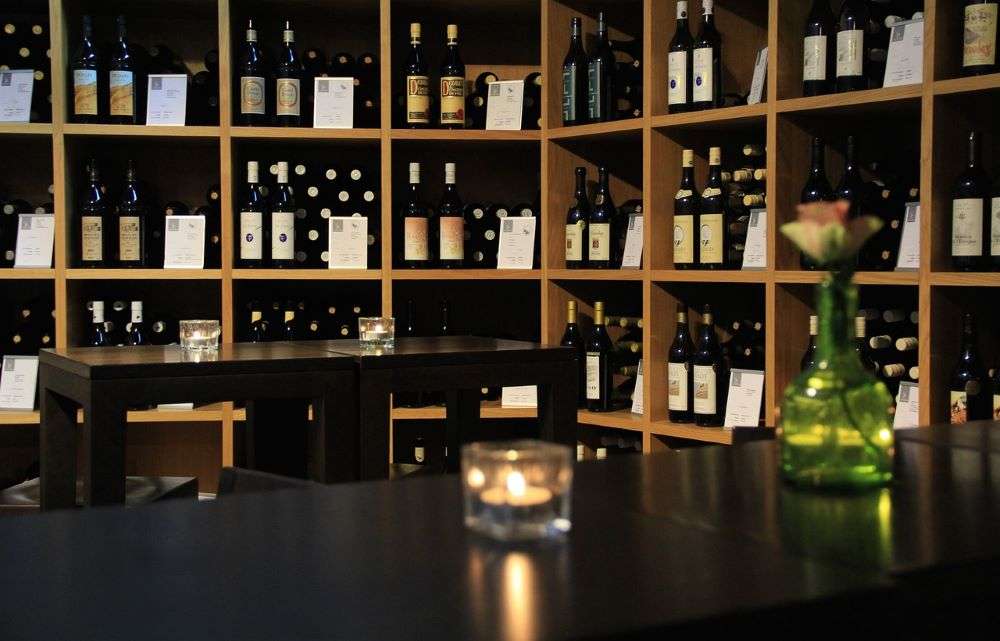
DS: There are so many wines out there it’s hard to know where to begin. Let’s start with the characteristics of a good and bad wine. What should we look out for?
AJ: That is such a tough question because you know, beauty is in the eye of the beholder. Another issue I might have is with the wine industry, like you said, you’ve got beginner wine drinkers. Working the resale side of it and not trying to force an agenda on customers has really opened my eyes. So, drink what you like. I guess if you take it from a professional’s perspective we use maybe “a highly rated wine,” instead of calling it good wine and bad wine. It’s more about the complexity of the journey of wine — the better the wine, the more highly rated the wine. It should have layers and layers of flavors, and it takes your palate on a journey from the nose, to the first taste, [and] to the long finish. That’s what you’re looking for in a better wine, the complexity of it.
DS: You said the journey begins with the nose. You always see people on TV who order wine sniff it before they sample it. I never did understand what that was all about. Help me out here.
AJ: One of my favorite things to do is trying a really good wine — I learned this trick in California — actually breathing out and tasting it. You’ll get different layers of flavor all the way through the wine, and it’ll have a totally different finish on the back end. [For example,] Riunite is not going to have that. It’s going to finish quick. There’s just no journey attached to it. It’s just a porch pounder. Something you just drink — [in other words a] crowd-pleaser. Does that make sense?
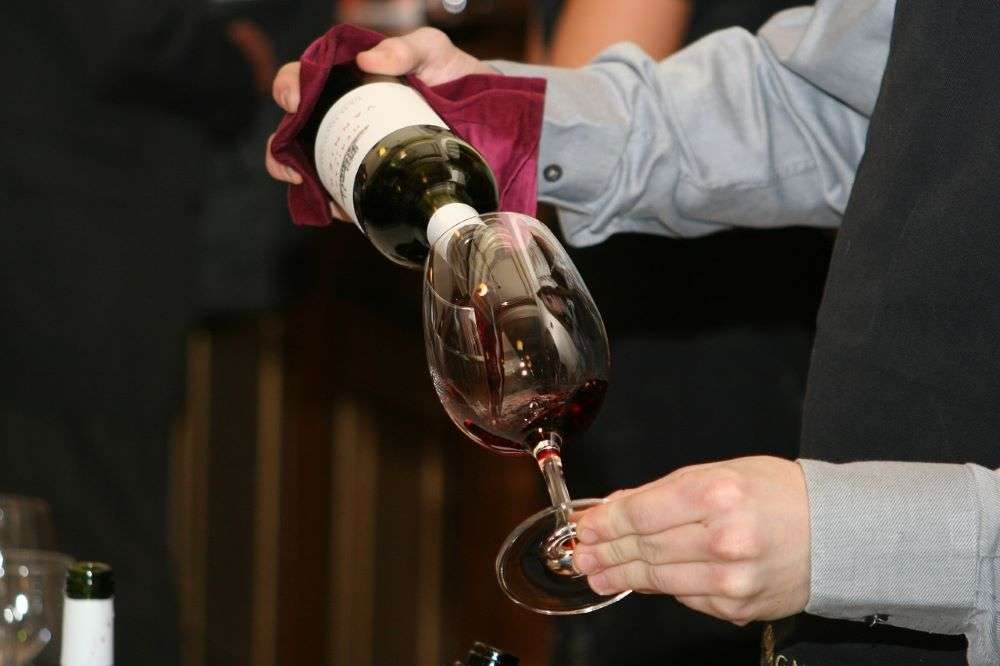
DS: Yes, it absolutely makes sense. So basically, you’re looking to see whether or not you can see through it to determine the body of it and the taste. And smelling it, exhaling it and sipping again helps with determining the layers of taste. Sounds like a fun way to spend an evening with your friends. Practice makes perfect. Not being a wine connoisseur, one thing that super confuses me is this whole concept of pairing wines with the different dishes you are serving. How do you figure out what goes with what?
AJ: The key to pairing your food is to make sure one does not overpower the other. They should complement each other. Let’s use dessert, it’s the easiest comparison to make. If you’re eating something sweet and then you try a sweeter wine, the wine will actually taste drier because your tongue is desensitized to the sweetness. I would never ever pair a sweet wine with a sweet dish.
Think of spice. Think a jambalaya [and a] crawfish dish with a little spice. That pair is fantastic with a Riesling, a slightly sweeter wine. The spicy and the sweetness go together.
DS: You said earlier drink what you like. That’s great, but what if you have a dinner party where people like all kinds of different of wines?
AJ: Pairing for large parties is a little complicated. If you’re not a big red wine drinker, it’s hard to throw heavy reds at people no matter what you’re serving. Everybody has their own taste, so finding the middle of the road like Merlot pops up in my mind. It’s great, you know, it’s not a super light body [wine]. It’s a medium bodied wine with mild tannins. It goes really well. Pinot and Chardonnay might be too light for some dishes. I always tell people to buy what you like because you’re the one with the leftover wine, so don’t buy a bunch of wine that you probably wouldn’t drink again. Try to pair your taste just like you would with your food. You try to prepare dishes you would enjoy, correct? Try to always buy wines that you like.

DS: I’m going to rewind a minute because I’m not sure I quite caught it. When you’re pairing your foods with your wines, how do you know what temperature to serve the wine? Does the temperature correspond with the food or is it a personal preference? Chilled, not chilled that sort of thing.
AJ: It really is a personal preference. All wines, including reds, should be served at 60 degrees. A lot of times I’ll just suggest throw your red wine in the fridge about 30 minutes before you’re gonna serve it. There is no road map for it. It’s all about personal preference and what’s the goal of your event. Each situation is a little bit different.
DS: What about the temperature of white wines. Are they just a little bit chilled to compliment the dishes?
AJ: Temperature of the whites also has a lot to do with the varietal. Chardonnay is actually supposed to be drank at 58 degrees. We drink our chardonnays too cold. You throw them in your freezer and it’s coming out probably just above freezing when you pull it out. If you’re drinking it too cold, it’s going to numb your palate [and] make it a less complex wine. Typically, the colder it is the more simple the wine is.
A lighter white wine, such as a Pinot Grigio, is not even designed to be that dynamic. I’m not knocking Pinot Grigio at all, but it’s a very simple [wine]. It’s light and it finishes super clean. It doesn’t have a whole lot of layers to it so drinking it cold is fine.
Sauvignon Blanc, another varietal, has a little bit more citrus fruit to it [and] is also good very cold. It’s very refreshing. It’s got good acidity to it.
Chardonnay [is] served a little bit warmer so you can get those layers
DS: What final advice can you give our future wine connoisseurs?
AJ: Knowing the process gets a little tricky. Get professional help and there’s a lot of information on-line. [A wine professional has to] read each person as they come in and [get an idea of] what they’re really looking for.
